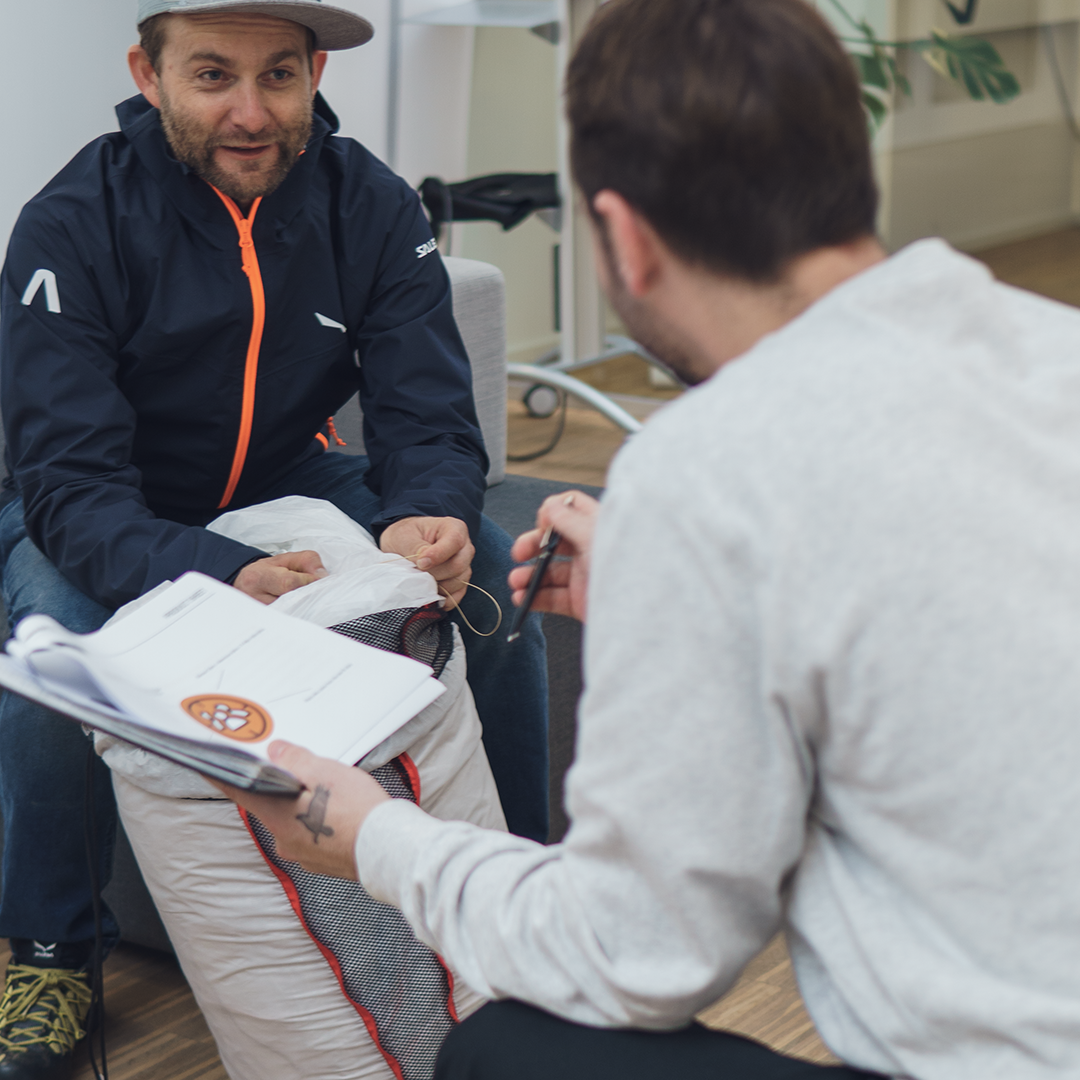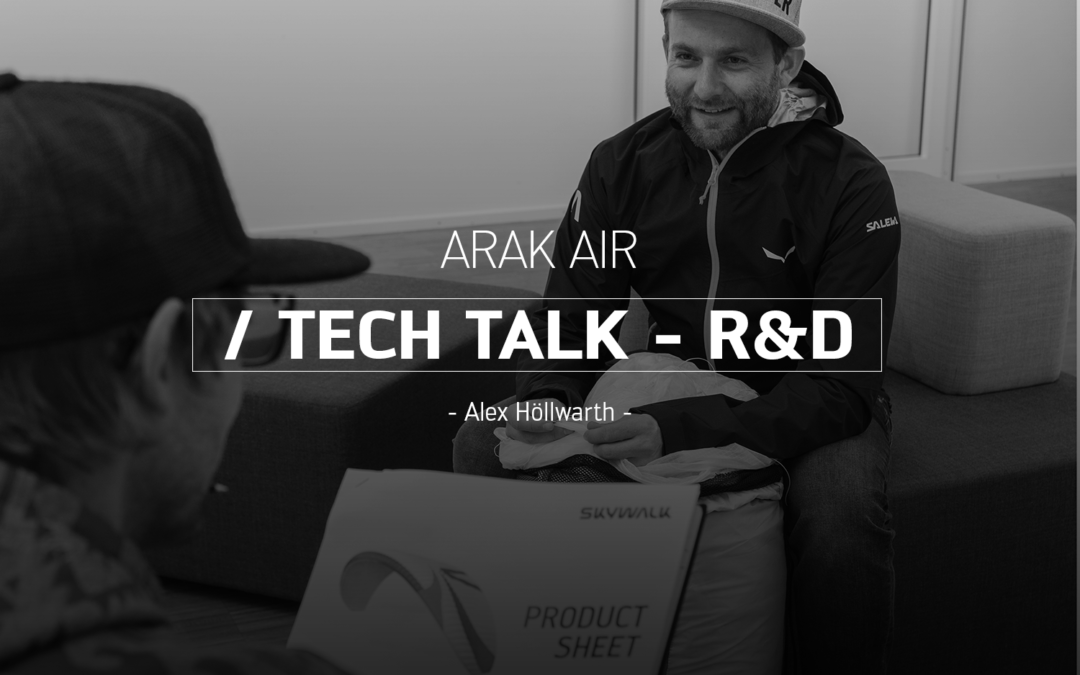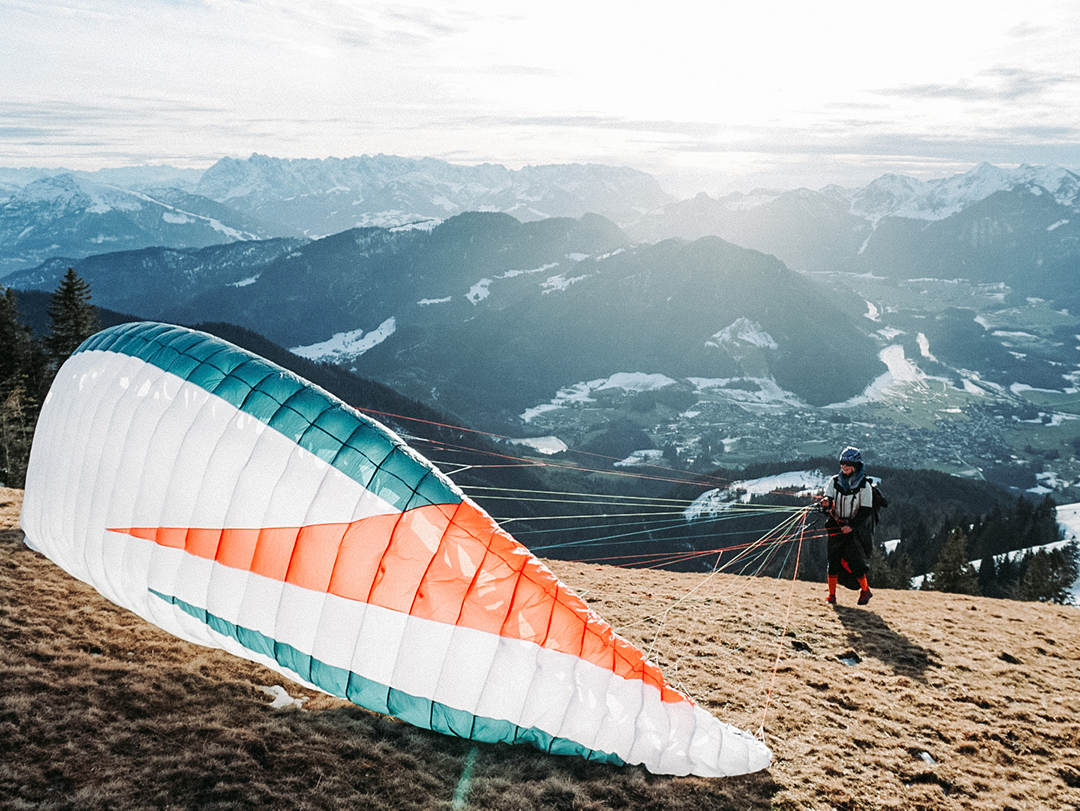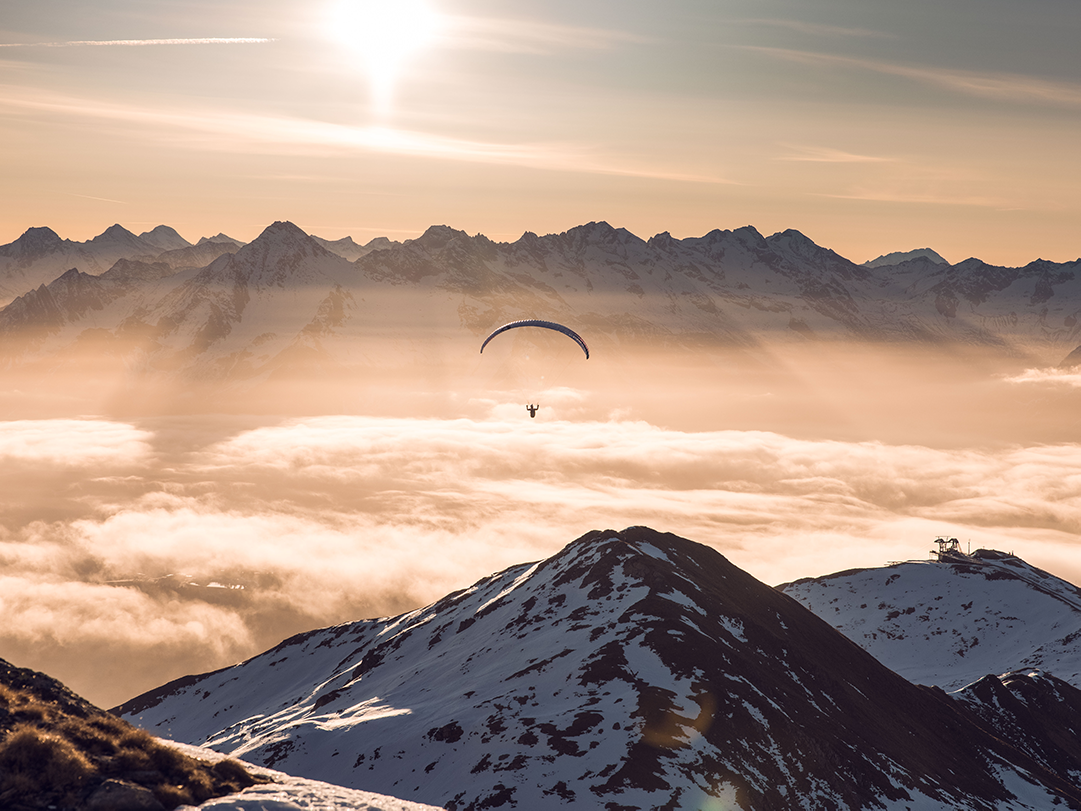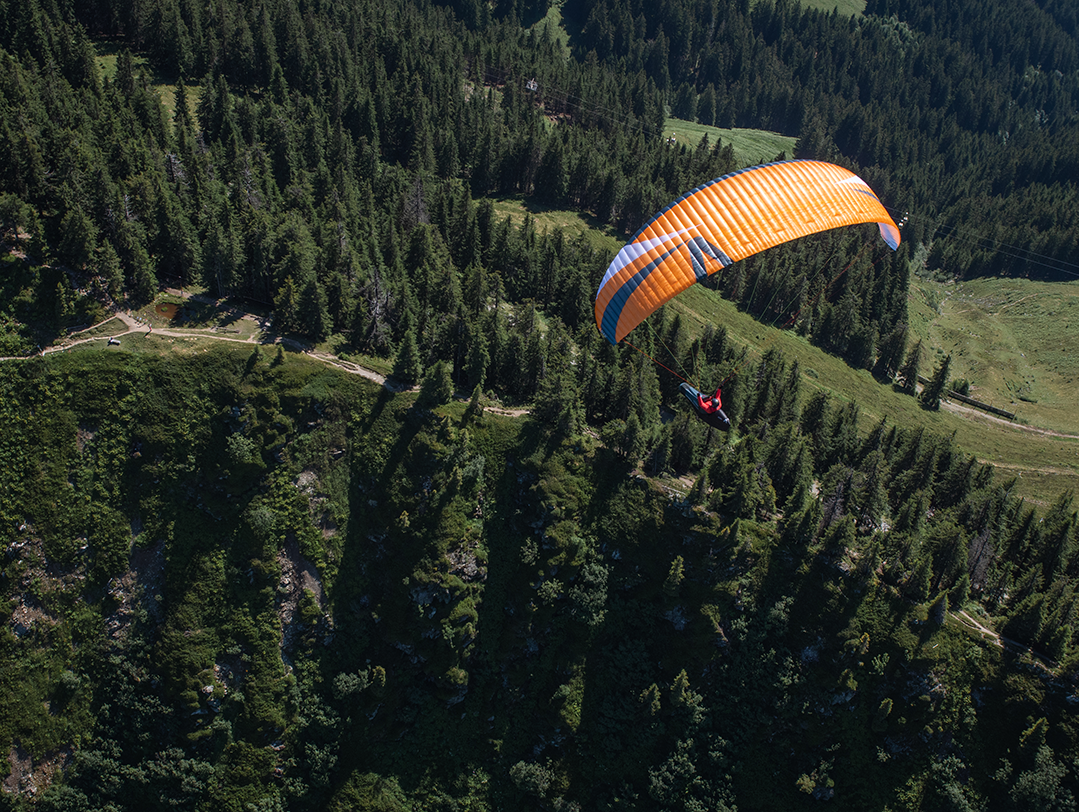Alex Höllwarth – Interview
A little over 2 years ago we have launched our Multitool, the ARAK. The ARAK is the most versatile glider in our product range and has been very popular to the community since its release in 2018. With the ARAK AIR we are now launching an ultralight version of the wing. We sat down with chief-designer Alex Höllwarth. He told us about the whole design-process, materials, requirements and many more things of our coming ARAK AIR.
skywalk:
Alex, what were your basic thoughts regarding the target group?
Alex:
We wanted to build a glider that would enable X-Alps-style-flying for everyone. Kind of the perfect, most versatile, ultralight wing that is easy to handle and comes with a great performance potential.
skywalk:
Cool – that brings us to our next question. What were your requirements for this glider?
Alex:
Well, basically our main topics that needed to get done absolutely were:
- Ultra-lightweight
- Minimum pack size
- Easy handling
- Very high performance potential
- High degree of safety
skywalk:
How did you finally realize the topics listed above and the whole project in general?
Alex:
With the ARAK we already have a glider that has very high performance potential and, at the same time, is easy and really fun to fly. The ARAK has been well received by pilots and has a large fan community. This confirmed that the ARAK was best suited for this new project. We then tried out a few different concepts to make the glider as light and small in pack size as possible. The difficulty was finding the perfect mix of user friendliness and lightness, while keeping the flying characteristics as close as possible to the ARAK.
skywalk:
Alex, tell us a little more of what you were thinking when you chose the materials?
Alex:
Of course! Let me start with the line set up:
I’ll continue with the fabric:
The risers:
skywalk:
Last but not least we would like to know – does the ARAK AIR require more care in handling than a conventional glider?
Alex:
skywalk:
All right, sounds great. Thank you for your time, Alex!
Alex:
My pleasure! Have fun with the ARAK AIR.
